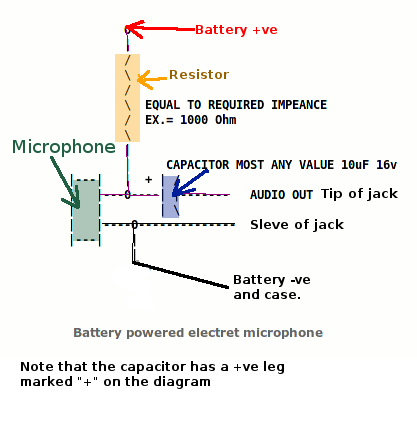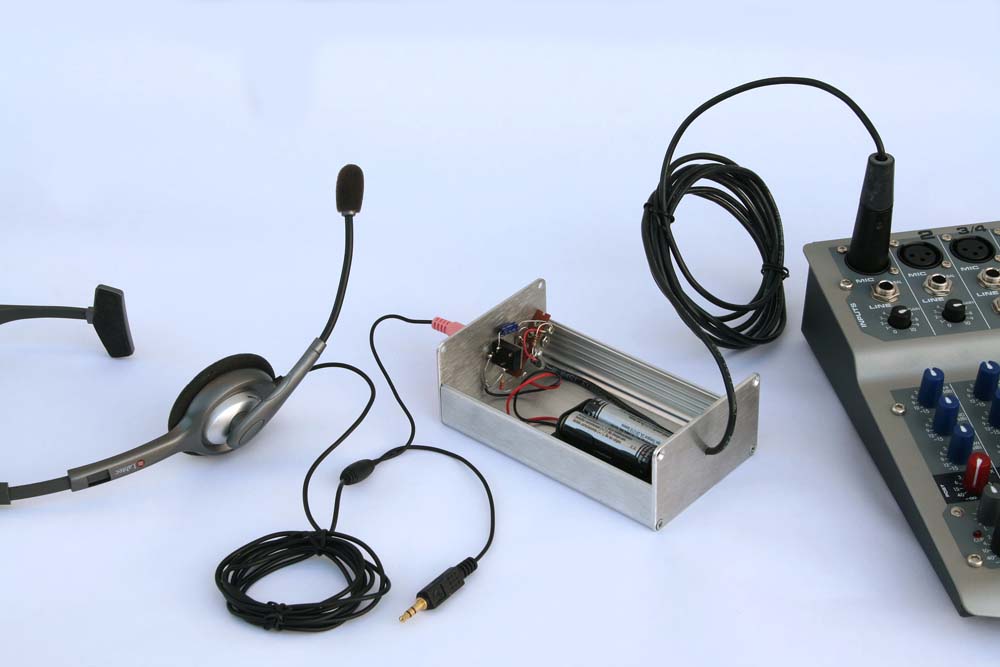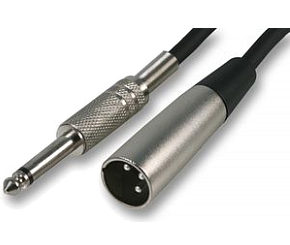I’m looking for the original of that picture. It’s not reduced in size for publication. The extra resistor is to make the capacitor happy and to prevent serious pops when you plug the unit into your mixer.
You should always use 2200 ohms (or 2.2K – same thing, red, red, red). That’s the value of the resistor inside most sound cards, and it’s the value most microphones are designed to work against.
Capacitor values (taken in reverse order): the voltage rating should be higher than the voltage expected in the circuit. In a sound card, that voltage is five volts, but in your circuit, it has to be higher than the battery you use. My illustration is six volts and yours may be nine volts, so a 15 volt capacitor is just about right. A much larger rating may actually be counterproductive because the insides of the capacitor will start loafing and not do its job.
The capacity value affects the fidelity of the microphone and is a lot more complicated – and yes, it does matter. The smaller the value, the less bass volume you will get. I picked 100 ufd as being a good tradeoff between physical size and good fidelity. Some would say good bass volume is a liability in a voice circuit and many of us go to steps to reduce the bass volume. But there it is.
This would work nicely, but the closer you can get to 100 ufd at 15 volts the better. Please be aware that these devices have polarity. You have to install them in the right direction.
http://www.radioshack.com/product/index.jsp?productId=12448318
The (-) is marked on this part. I usually mark the (+) on my schematics. They’re the reverse of each other.
Putting nine volts into an audio circuit expecting no volts, or at worst five, can reduce your sound card to garbage, so the capacitor is a good thing.
The extra resistor is a 10K (10,000 ohm) resistor (brown, black, orange) and its job is to gracefully bleed off the explosive pop you can get if you plug this this into a working mixer.
I have a hand-drawn circuit around here somewhere…
Koz



